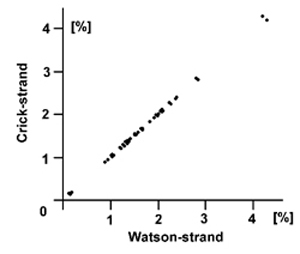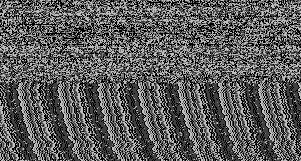THE "FUNCTIONAL ANARCHY" OF GENOMES
CONTENTS.
MINDSET
INTRODUCTION
SYMMETRIES AND UNIVERSAL GENOME PROPERTIES CREATED BY 'RECKLESS' MUTATIONS.

APPENDIX

The Genome Pixel Image (GPxI)- A different way of looking at genomes.
Bibliography
Respond by e-mail.
Acknowledgement
About the author
opened : 7/7/2009
last updated: 4/16/2012


